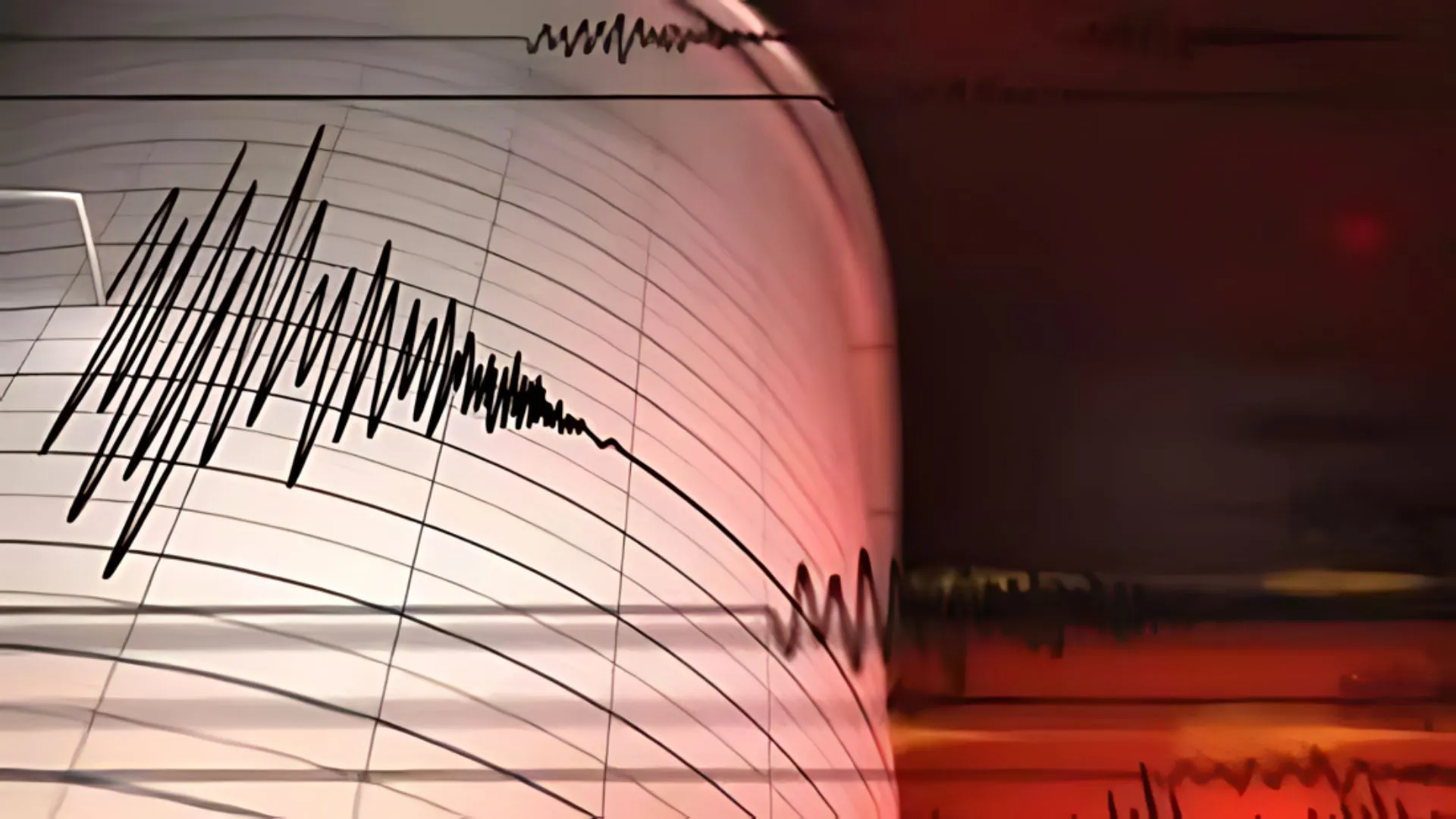Previous studies showed that obstructive coronary artery disease was present in less than 40% of patients undergoing invasive coronary angiography for stable chest discomfort. In evaluating these patients, recent randomized clinical trials have demonstrated the value of starting with computed tomography angiography (CTA). A recent study, which was presented at the American College of Cardiology Cardiovascular Summit, supports this approach by finding that CT was associated with a higher likelihood of revascularization when compared to other imaging modalities or no testing at all.
Chest pain known as stable angina occurs when the heart muscle needs more oxygen than usual—during stressful situations, physical exertion, or cold weather, for example—but is unable to get it, usually as a result of blocked coronary arteries. In addition to lifestyle modifications and medication therapy guided by guidelines, patients with stable angina may also need a coronary revascularization procedure to improve blood flow and relieve symptoms.
“Right now, when a patient presents to their primary care physician or cardiologist with symptoms suspicious for angina, they are commonly referred for additional testing,” said Markus Scherer, MD, Director of Cardiac CT and Structural Heart Imaging at Atrium Health-Sanger Heart & Vascular Institute and the study’s senior author.

Between October 2022 and June 2023, researchers at Atrium Health-Sanger Heart & Vascular Institute in Charlotte, North Carolina, assessed 786 patients who had no prior diagnosis of coronary artery disease and underwent elective invasive coronary angiography (ICA) for the evaluation of suspected angina. The pre-ICA testing strategies were: no noninvasive testing with direct referral to ICA (44%), stress echocardiogram (3%), stress myocardial perfusion imaging (15%), stress MRI (2%) and coronary CTA (36%). The study cohort had a mean age of 66 years, was 63% male, 37% female, 81% White, 13% Black, 1% Asian, 1% Hispanic and 1% other.


















